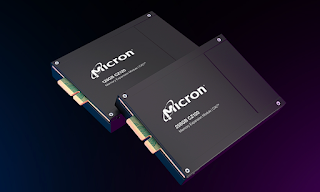NTT has developed a fabrication technology that allows various types of optical fibers to branch and merge without causing communication interruption.
Worldwide, optical fibers come in different refractive index distributions and exhibit varied propagation characteristics (known as effective refractive index). Traditional methods of branching these fibers required matching the effective refractive index between the source and destination fibers, necessitating knowledge of the branch source's refractive index and preparation of a suitable branch fiber. This process often interrupted service at the branch source.
To overcome this challenge, NTT says there's a need to develop technology allowing fiber branching during communication, independent of their effective refractive index.
NTT developed a method to make branched optical fibers with varying core diameters. This variation affects the effective refractive index, allowing these fibers to have different effective refractive indices. With this structure, branching optical fibers becomes possible regardless of the source fiber's effective refractive index. NTT's breakthrough in fabricating these fibers marks a global first, significantly expanding the types of fibers that can be branched compared to traditional ones. This advancement enables the branching and merging of all fibers meeting international standards commonly used in optical access networks.
https://group.ntt/en/newsrelease/2024/04/24/240424b.html















